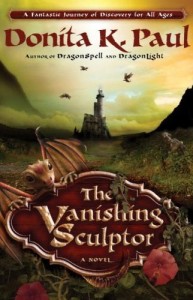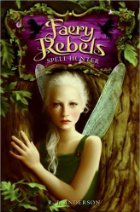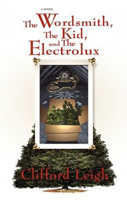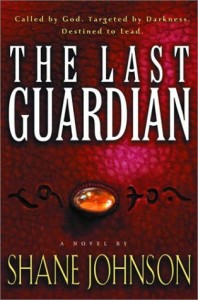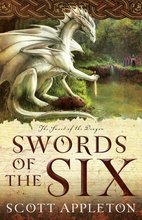
CSFF Blog Tour: Haunt of Jackals by Eric Wilson Published 2009 by Thomas
Nelson, 401 pages. Second in the Jerusalem’s Undead Trilogy.
Genre: Christian suspense/horror vampire tale
I’d rate it PG-13 if not R.
I did not intend to review this book for the Christian Science Fiction/Fantasy Blog tour
because suspense stories are too nerve-wracking for me. I really don’t enjoy them.
However, by some oversight the publisher sent me a book. Not wanting to waste a good
book, I decided to start reading it. Sure enough, the suspense on about page 90 just was too much for me. But I can report to you what I found up to that point.
Wilson has done a great job of constructing a tale with a Christian worldview. His complex characters ring true. The action is virtually non-stop, providing a wonderful evening for adrenaline junkies unlike myself. Plus there’s the horror dimension, with the demonic undead vampires which have this uncanny ability to temporarily abandon their host bodies and take up residence in an animal. So the main characters never know if the next blackbird is a spying enemy or not. Talk about nerve-wracking!
The narrative, at least in the first part of the book, revolves around two lead characters, Cal and Gina. The point of view and narrative follows Cal for a while, then Gina. This seems to work well for this tale. Cal is one of those individuals who rose from the dead when Jesus rose from the grave. These individuals were granted immortality and given a task, to protect humanity. They recruit mortal apprentices to help them.
As the second in a trilogy, this book must have been a challenge to write in such a way
that a new reader like myself could understand what came before. I am happy to report that the explanation at the beginning of the book was adequate to the challenge, and I was able to step into the story without a hitch.
At page 90 I leave the book wondering whether the young apprentice Dov survives. I expect Gina to eventually find out that Cal is her father, and that she is half immortal. I wonder whether this news will cause her to accept the predicament she is in and become a follower of the Almighty God, rather than a modern nay-sayer. I wonder whether the Lord will intervene to rein in these all-too-powerful vampire enemies, who seem likely to overcome the good guys. I am curious about the fact that Gina has a twin brother who is not mentioned other than to say he exists. Perhaps he shows up later in this book, or in the final book.
It’s no wonder that Eric Wilson is an NYT best-selling author. He knows what he is doing.
For more info:
Eric Wilson’s Web site –http://www.wilsonwriter.com/
The Undead Trilogy Web site – http://www.jerusalemsundead.com/
Check out other blogs on the blog tour. Since I don’t have an updated list yet, these are the blogs that were listed for the last tour. It’s probably about the same.
Brandon Barr
Jim Black
Justin Boyer
Rachel Briard
Karri Compton
Amy Cruson
Stacey Dale
D. G. D. Davidson
Jeff Draper
April Erwin
Karina Fabian
Linda Gilmore
Todd Michael Greene
Katie Hart
Ryan Heart
Becky Jesse
Cris Jesse
Jason Joyner
Julie
Carol Keen
Krystine Kercher
Dawn King
Rebecca LuElla Miller
Mirtika
Eve Nielsen
Nissa
John W. Otte
Lyn Perry
Crista Richey
Cheryl Russell
Chawna Schroeder
James Somers
Speculative Faith
Rachel Starr Thomson
Robert Treskillard
Steve Trower
Fred Warren
Dona Watson
Phyllis Wheeler
Elizabeth Williams
KM Wilsher

